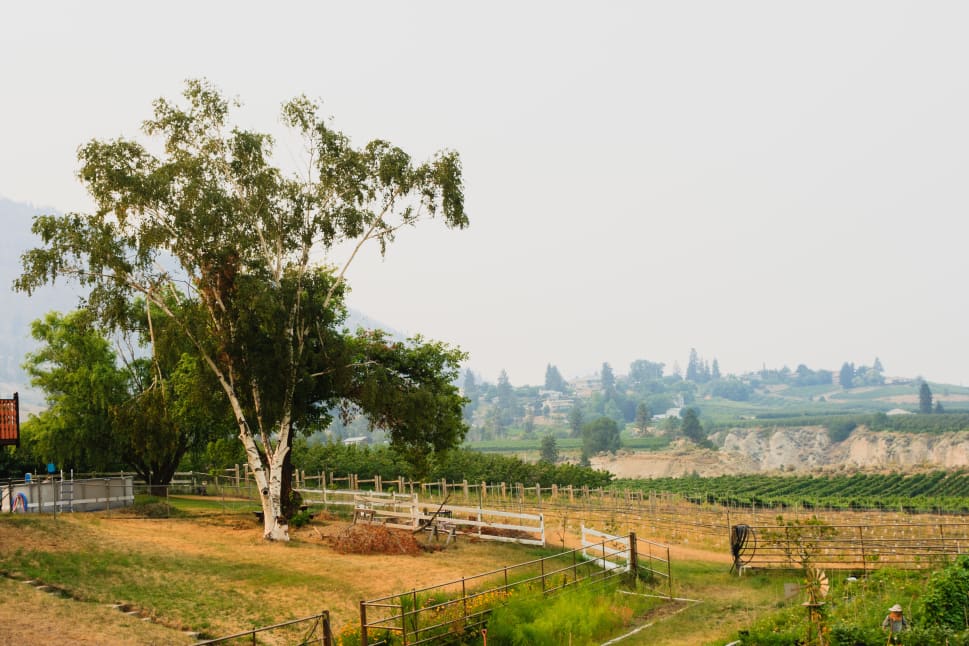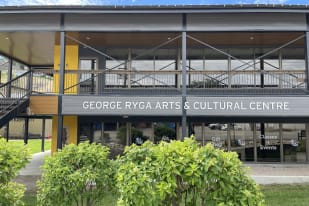Summerland’s story began long before its streets were laid, weaving through centuries of change from Indigenous lands to a modern municipality rich in culture and commerce.
Early History and Indigenous Roots
Long before the arrival of European settlers, the Syilx (Okanagan Salish) people inhabited the valley including the area now known as Summerland. Their interactions with early European traders, primarily through the burgeoning fur trade, marked the region's initial encounters between Indigenous populations and newcomers seeking wealth and new opportunities. The fur trade, instrumental in the early exploration and mapping of Canada's vast landscapes, gradually gave way to a rush for gold and other resources, significantly impacting the Syilx community and their ancestral lands.
As settlers continued to arrive through the mid-19th century, spurred on by the allure of gold and the promise of fertile land, conflicts over land use and ownership began to emerge. The acquisition of land by settlers, often through questionable agreements and pre-emptions, laid the foundation for what would become the township of Summerland. This period was marked by a significant shift from transient trading posts to the establishment of permanent settlements.
Settlement and Development
The official founding of Summerland can be traced back to the early 1900s with the creation of the Summerland Development Company. Influential figures such as Sir Thomas Shaughnessy, president of the Canadian Pacific Railway, saw potential in the lakeside area for fruit cultivation and settlement. Under Shaughnessy’s guidance, infrastructure such as roads, a post office, and essential utilities were established, setting the stage for rapid development. By 1907, Summerland boasted modern conveniences like electricity and telephone services, positioning it as a pioneer in utility services in the region.
The townsite itself was meticulously planned. The lower town area, now known as Lower Summerland, was initially developed to support the burgeoning agricultural industry. The area saw continuous growth, leading to the expansion of residential and commercial spaces uphill to what is now the current downtown area. This shift was accelerated by a devastating fire in 1922, which led to a strategic relocation of many businesses and homes to safer, more spacious areas.
Agricultural Boom
With the land fertile and climate favourable, Summerland's early economy was rooted deeply in agriculture, particularly fruit orchards. The first commercial orchard planted in 1888 heralded a new era of economic opportunity for the town. The Dominion Experimental Farm, established in the early 20th century, played a crucial role in advancing agricultural practices, helping local farmers optimize their crops and techniques. This agricultural focus helped shape the community’s identity, with orchards becoming a dominant feature of the landscape and a key economic driver.
The expansion of the Kettle Valley Railway in 1916 further transformed Summerland, connecting it to major markets across Canada. This connectivity allowed local farmers to expand their reach, sending apples, cherries, and other fruits far beyond the local markets. However, this period also brought challenges, including competition from the U.S. and logistical difficulties in transporting perishable goods.
Economic Shifts and Modern Growth
Over the decades, Summerland has evolved from its agricultural roots into a diverse economy that includes tourism and wine production. The latter part of the 20th century saw a significant shift as the region embraced viticulture, turning its sunny hillsides into vineyards that produce wines known nationally and internationally. This transition has not only diversified the local economy but also redefined the cultural landscape of Summerland, attracting tourists and new residents with its scenic vineyards and interesting community events.
Today, Summerland remains a blend of its historical roots and modern innovations. While agriculture continues to be a significant sector, tourism and wine production have taken centre stage, showcasing the adaptability and resilience of this dynamic community.
Conclusion
From its origins as a territory inhabited by the Syilx people to its current status as a thriving hub of agriculture, tourism, and viticulture, Summerland has continually adapted to the demands of time and economy. The town preserves its historical heritage while fostering a community that is responsive to the changing dynamics of the modern world. Summerland’s journey through time is a reflection of its community's ability to honour its past while boldly facing the future.





